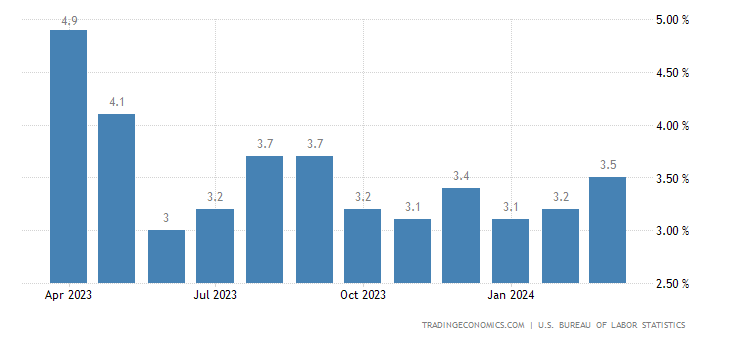- Joined
- Oct 24, 2006
- Messages
- 2,794
Both Platforms are of similar performance but I think the Tucano is slightly better for the COIN ops that it will be employed in.. However The PC9 is also a viable platform for COIN.
10-15%.What do you think it is? Hint: it's nowhere near 20%
Not enough to bridge a 20% increase over 14 months, even if we use government math.
^ Agreed. Both are viable platforms with their own advantages and disadvantages.
Actually, inflation is between 2 - 3%:10-15%.
Then add 5% for Obamacare, you can take the rest as profiteering if you want.

Factor fuel alone and it's in the teens. You don't think Obamacare is adding costs yet?
Those rates don't include fuel costs.Actually, inflation is between 2 - 3%:

http://www.tradingeconomics.com/united-states/inflation-cpi
The discussion is moot, given that the decision was made, but as for who is using the AT-6, you're right no one - technically.
However, the T-6 airframe is a successful, proven, and familiar to maintainers. Both airframes (T-6 and A-29) started flying an entered service around the same time (~13 years ago). So one doesn't possess a huge advantage over the other in this respect, although there are at least twice as many T-6's in service as there are A-29 airfames. Both aircraft use the same powerplant, which is an upgrade from the current T-6 powerplant. At-6 avionics package is the same package that was used to upgrade the Hog; again familiar to maintainers. The list obviously goes on and on.
TCO is an important consideration. I'm fairly confident both could perform the mission competently. I don't see one blowing the other way. There are simply tradeoffs. I'd be curious to know how the bids compared....and I still want to know why the price on the A-29 was jacked up 20%.
And??? Fuel cost was not a consideration for this procurement bid, so I don't understand your point. The RFP was for an aircraft and training; fuel cost is not part of the evaluation criteria/pricing.Those rates don't include fuel costs.
It seems like the Air Force is coming awfully late to the table with this. Aren't we leaving Afghanistan next year (Panetta) or two years from now (Pres. Obama)? Can the Air Force even get this airframes delivered by then? And even once they get into theater, if there aren't Americans on the ground permanently to do the maintenance and training, all of those muti-million dollar planes will be rusted hulks parked on the end of Bagram airfield, stripped down to to bones for scrap.

This is a little late, but our Air Advisory mission (one that I'm conducting as we speak) is projected to continue into 2017 at a minimum, and potentially into the 2020s, depending on the capabilities and development of the AAF. At the current rate of progress, we'll be here forever.

